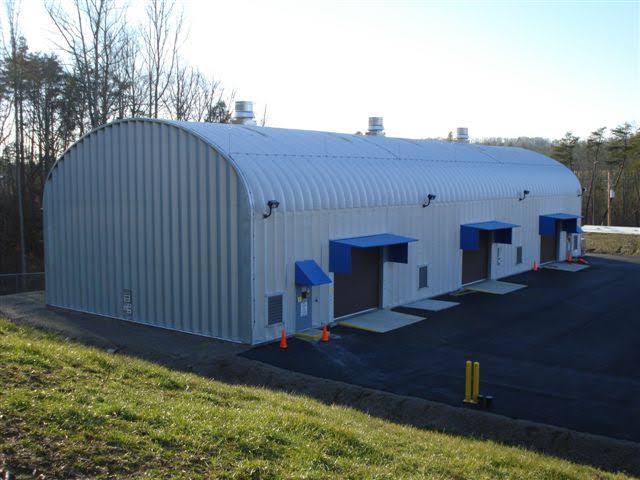The construction industry, long known for its hefty carbon footprint, is undergoing a quiet but profound transformation. Commercial metal buildings, once a symbol of energy-intensive steel production, is now at the forefront of this green revolution. A new wave of low-carbon materials is changing the game, proving that sustainability and structural integrity can go hand-in-hand.
Let’s face it, the construction sector has a carbon problem. Traditional building materials like steel and concrete are notorious for their massive greenhouse gas emissions. Steelmaking, in particular, is an energy hog, gobbling up fossil fuels and pumping out CO2. But the tide is turning. A growing awareness of climate change and the urgent need to decarbonize has sparked a wave of innovation.
Enter the unsung heroes of sustainable construction: low-carbon materials. These alternatives boast a significantly smaller carbon footprint, often requiring less energy to produce and transport. Some even go a step further, actively capturing and storing carbon dioxide from the atmosphere. It’s a win-win: we get sturdy, reliable buildings without burdening the planet.
So, what are these wonder materials? Let’s take a closer look:
- Recycled Steel: Think of it as steel’s second life. By melting down scrap metal, we drastically reduce the energy needed for production, slashing carbon emissions by a whopping 86%. It’s a no-brainer: we get the same strength and durability, but with a fraction of the environmental impact.
- High-Strength Steel: This lean, mean building machine allows us to use less material without compromising on strength. Thinner beams and columns mean fewer resources and less carbon emissions. Plus, it’s incredibly resilient, perfect for earthquake-prone zones or structures that need to span long distances.
- Mass Timber: Forget the flimsy wooden sheds of the past. Mass timber is engineered wood on steroids, strong enough to rival steel and concrete. It’s a renewable resource that actually absorbs carbon dioxide as it grows. And let’s not forget the aesthetic appeal – exposed wood beams add a touch of warmth and natural beauty to any building.
- Green Concrete: Concrete’s dirty little secret is its reliance on cement, a major source of CO2 emissions. Green concrete mixes things up by replacing some of that cement with industrial byproducts like fly ash and slag. The result? A stronger, more durable concrete with a smaller carbon footprint.
- Insulation: A well-insulated building is an energy-efficient building. By trapping heat in winter and keeping it out in summer, we reduce the need for heating and cooling, slashing energy bills and carbon emissions. From recycled materials to natural fibers, there’s a whole range of eco-friendly insulation options out there.
The benefits of using low-carbon materials in commercial metal buildings are clear:
- Smaller Carbon Footprint: It’s a simple equation: less carbon in, less carbon out.
- Energy Savings: Better insulation and energy-efficient materials mean lower utility bills and reduced reliance on fossil fuels.
- Longevity: Many low-carbon materials are incredibly durable, ensuring buildings stand the test of time.
- Healthier Spaces: Some materials, like mass timber, contribute to improved indoor air quality.
- Market Appeal: Green buildings are in demand. Businesses and investors are increasingly drawn to sustainable structures.
Of course, there are challenges. Some low-carbon materials might be pricier or harder to find. Building codes might need updating to accommodate new technologies. But the momentum is building. As awareness grows and innovation accelerates, we can expect to see even more sustainable solutions hitting the market.
The rise of low-carbon materials in commercial metal buildings is a testament to human ingenuity. It’s proof that we can build a better future without sacrificing the things we need. From towering skyscrapers to humble warehouses, the buildings we construct today will shape the world of tomorrow. By choosing sustainable materials, we’re not just building structures; we’re building a legacy of responsible stewardship for generations to come.

